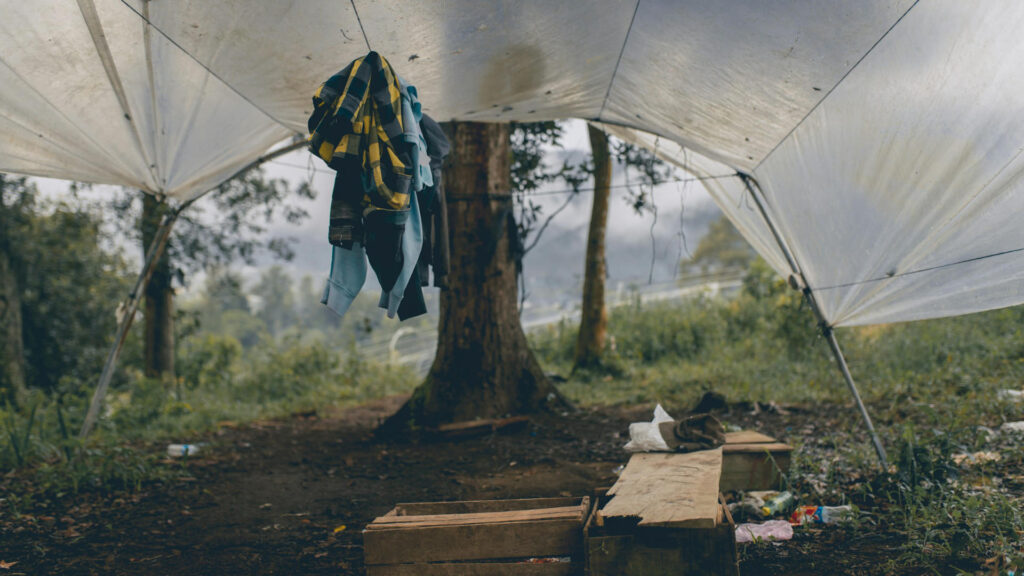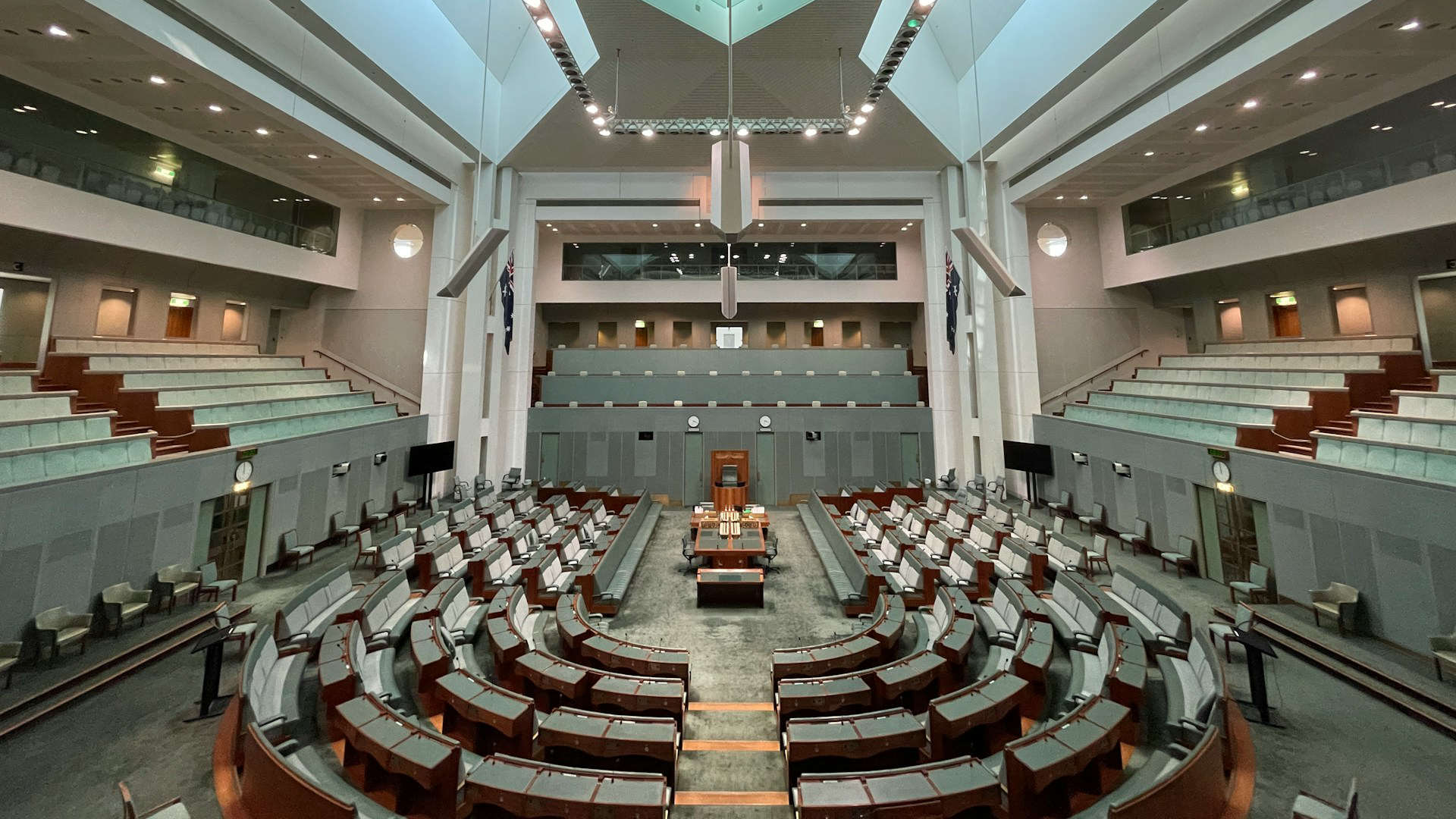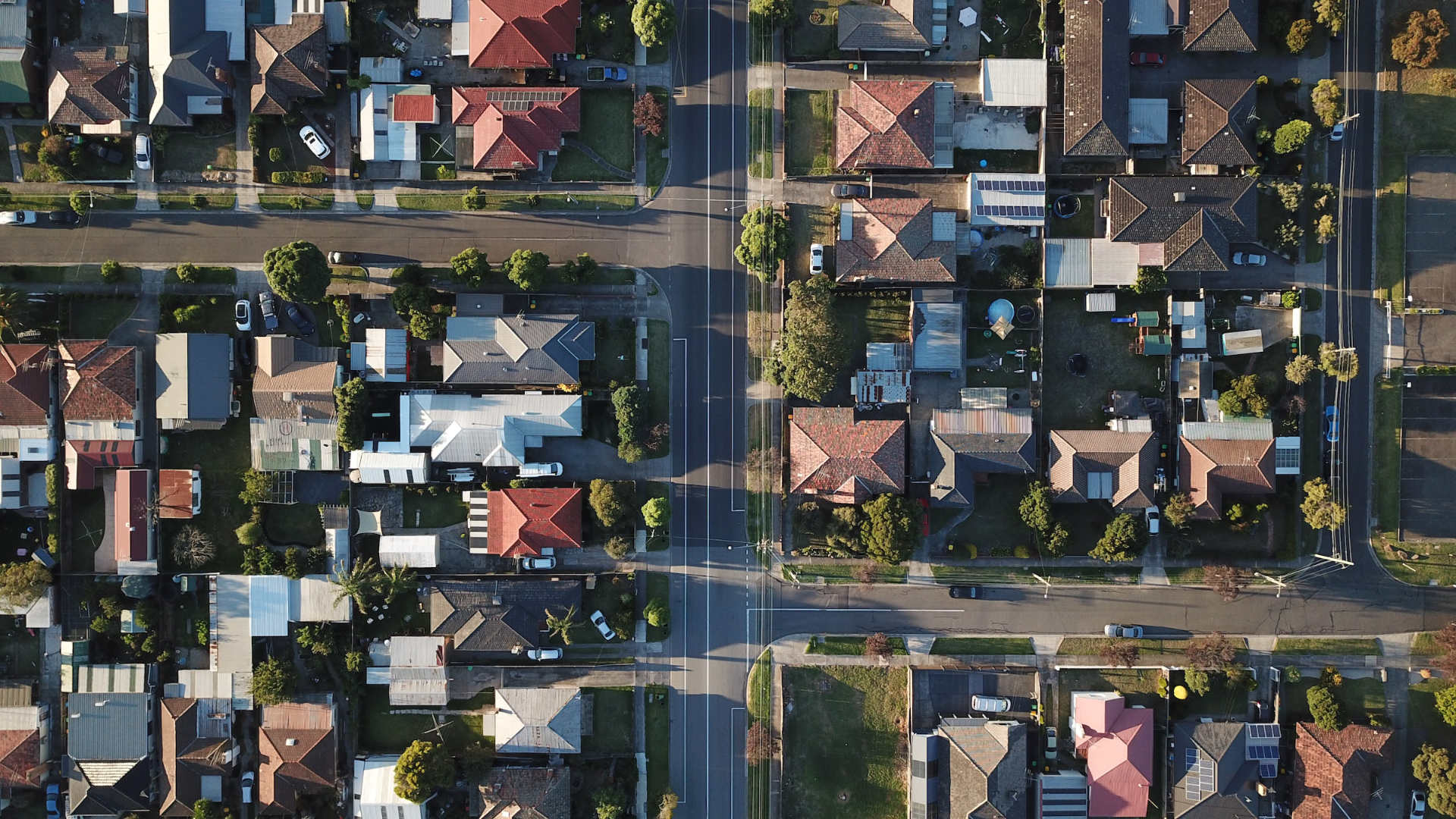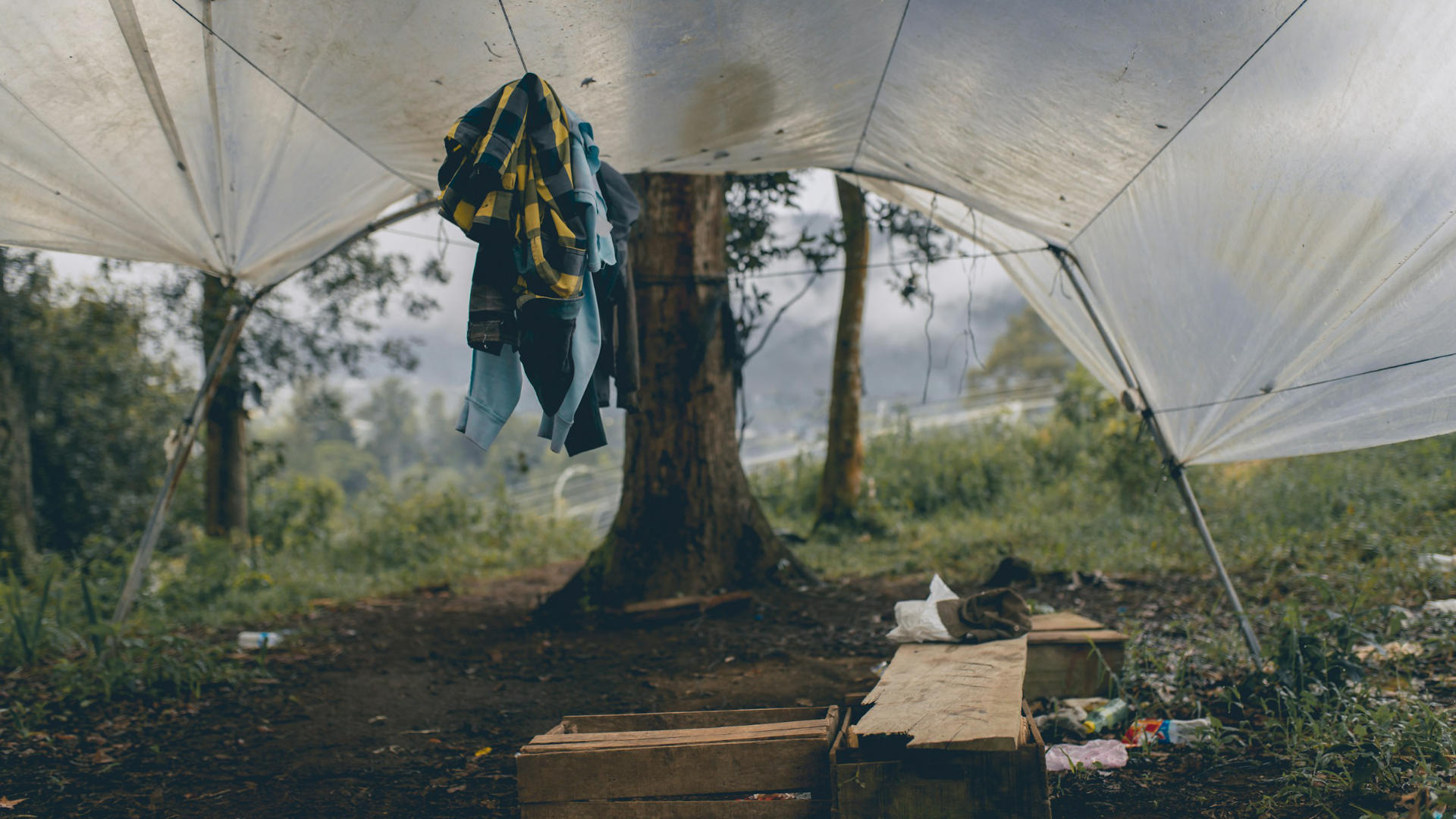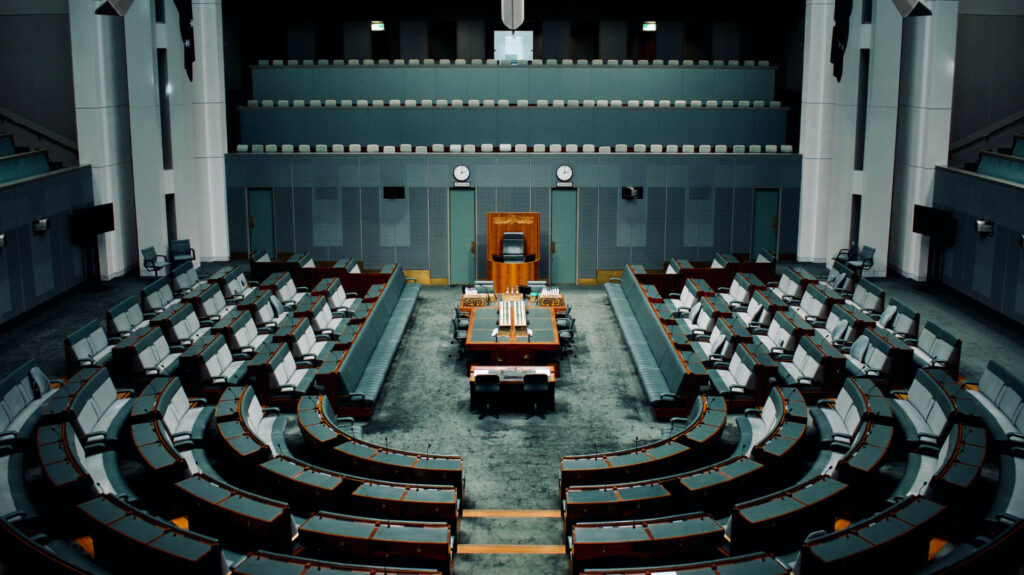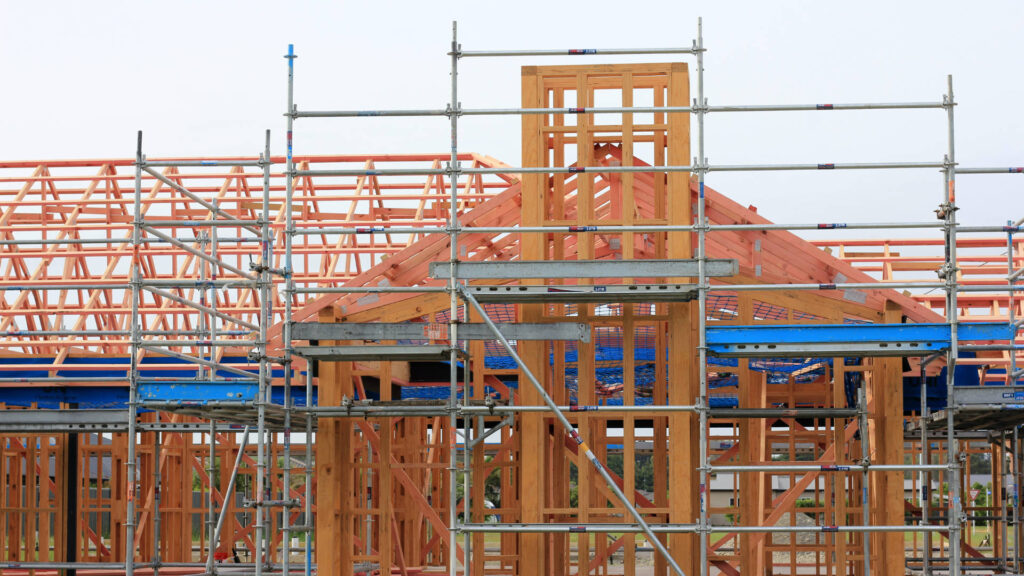“It’s pretty bleak. It doesn’t seem anything in the short term will be improving…”
– Westpac senior economist, Matthew Hassan.
Apartment rents across Australia have increased six times faster than wages and house rents have climbed at triple the rate, leaving many tenants struggling to make ends meet.
Median weekly asking rents for apartments in the capital cities rose 22.2 per cent over the year to March, Domain data shows, while wages rose just 3.7 per cent over the year, the latest figures from the Australian Bureau of Statistics show.
Unit rents increased more than six times faster in Sydney and Melbourne, where the medians jumped by 24 per cent and 23.1 per cent respectively, to $620 and $480 per week.
Median house rents rose 13 per cent across the combined capital cities. Perth had the largest increase at 14.6 per cent, while asking rents rose 10 per cent in Sydney, 11.1 per cent in Melbourne and 12 per cent in Brisbane.

